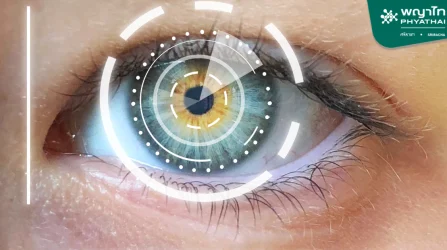Modern hemorrhoid treatments now offer a variety of advanced options, with laser surgery standing out as an ideal choice for patients concerned about pain or traditional surgical methods. This minimally invasive technique, performed by experienced specialists, provides a quick, effective solution with minimal recovery time and a high success rate. While earlier laser technologies were less efficient, today’s specialized lasers for hemorrhoid treatment deliver outstanding results.
For further information or Booking..
Warning Signs and Types of Hemorrhoids
Hemorrhoids are classified into two main types, each requiring different approaches:
-
Internal Hemorrhoids:
-
Stage 1-2: Typically managed with medications and rubber band ligation.
-
Stage 3-4: Often require surgical intervention.
-
-
External Hemorrhoids:
-
Generally treated with medication. Surgery is reserved for severe cases involving significant inflammation, swelling, or bleeding.
-
Common Symptoms of Hemorrhoids:
-
Persistent itching or discomfort around the anal area.
-
Bright red blood during bowel movements, usually linked to straining.
-
A noticeable lump or swelling near the anus, often a sign of external hemorrhoids.
-
Pain or irritation in the anal region, worsened by sitting, standing, or walking.
Laser Hemorrhoid Surgery: A Safe and Effective Alternative
Laser hemorrhoid surgery uses focused heat from a laser to shrink and eliminate swollen blood vessels. It is particularly effective for internal hemorrhoids in stages 2-4, especially when conservative treatments have failed. Laser treatment is less commonly used for external hemorrhoids due to the sensitivity of external skin.
Advantages of Laser Surgery Compared to Traditional Methods:
-
Reduced Pain: Minimal discomfort compared to conventional surgery.
-
Faster Recovery: Shorter hospital stays and a quicker return to daily activities.
-
Lower Risk of Complications: Decreased chances of anal strictures or incontinence.
Procedure Overview:
-
Initial Assessment: A thorough evaluation to determine suitability for laser treatment.
-
Sedation: Administered to ensure patient comfort during the procedure.
-
Laser Application: Each hemorrhoid is treated with 3–5 laser pulses, requiring about 3–5 minutes per site. Larger or multiple hemorrhoids may take more time.
-
Post-Operative Care: Mild swelling may occur, often relieved by warm sitz baths, particularly after bowel movements.
-
Hospital Stay: Typically 1–2 days, depending on individual recovery.
-
Follow-Up: A check-up is scheduled within 1–2 weeks to monitor healing.
Key Benefits of Laser Hemorrhoid Surgery:
-
No Scarring: Small punctures (2–3 mm) avoid large incisions.
-
Localized Anesthesia: Eliminates the need for spinal anesthesia or urinary catheters.
-
Quick Procedure: Most treatments are completed within 30 minutes.
-
Minimal Downtime: Patients often resume work and normal routines within 1–2 days.
-
No Extended Restrictions: Physical activities can typically be resumed shortly after recovery.
Preventing Recurrence
Recurrence of hemorrhoids is common if bowel habits are not properly managed. Chronic constipation or diarrhea are significant risk factors.
Prevention Tips:
-
Maintain a high-fiber diet to promote regular bowel movements.
-
Drink sufficient water to soften stools.
-
Avoid prolonged straining during defecation.
-
Seek medical attention if you experience pain or bleeding during bowel movements.
For further information or Booking..




















